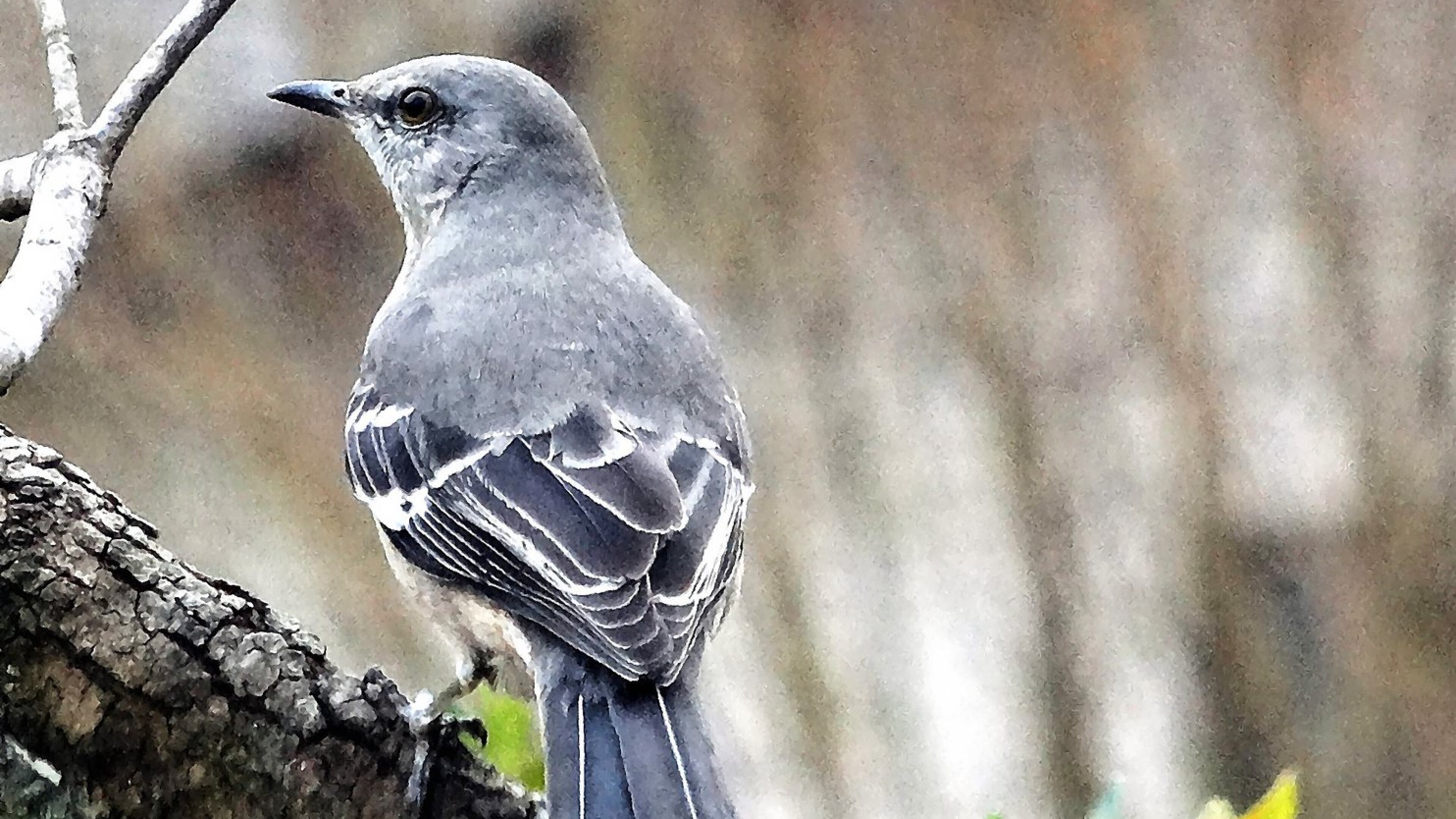After a brief silence, mockingbirds resume singing in September

Each year around mid-July, woods and fields and our neighborhoods become noticeably quieter as most songbirds curtail or completely stop singing until next spring.
There may be several reasons for this, but the main one is that the birds are wrapping up their nesting seasons and no longer feel the need to sing to attract mates and defend territories.
This is not true, though, for one of Georgia’s most well-known birds — the Northern mockingbird. Mockingbirds begin singing as early as January in Georgia and continue to do so until around early August. Then, for a few weeks, like the other birds, they, too, become mostly silent.
But around mid-September, mockingbirds burst into song once again and continue to sing off and on through early November. In fact, male mockers usually have two distinct repertoires: one for fall and one for spring. (A male’s overall repertoire may ultimately include more than 200 distinct song types — along with an amazing ability to mimic almost any sound.)
During the fall, a male mockingbird’s singing begins around sunrise and is sporadic throughout the day — not as continuous as in the spring. Females also sing during fall, but generally lower and not as loud as the males.
It’s all part of what ornithologists say is a unique habit among mockingbirds, male and female, to establish and defend “second” territories in fall and winter, mostly around autumn food sources such as pokeberry bushes laden with berries. Most other non-migrating songbirds such as robins and cardinals lose their antagonism during fall and winter and form congenial flocks for security and help in finding food during the cold months.
Some studies suggest that male mockingbirds might even use song to acquire mates in the fall instead of waiting until spring. This may allow them to begin nesting as early as possible in spring, which would give them more time to raise three or more broods during the breeding season.
IN THE SKY: From David Dundee, Tellus Science Museum astronomer: The moon will be full on Friday night (Sept. 14), the Harvest Moon. The only two planets visible now are Jupiter in the southwest around dusk and Saturn rising in the south just after dark. Saturn will appear near the moon on Sunday night.

